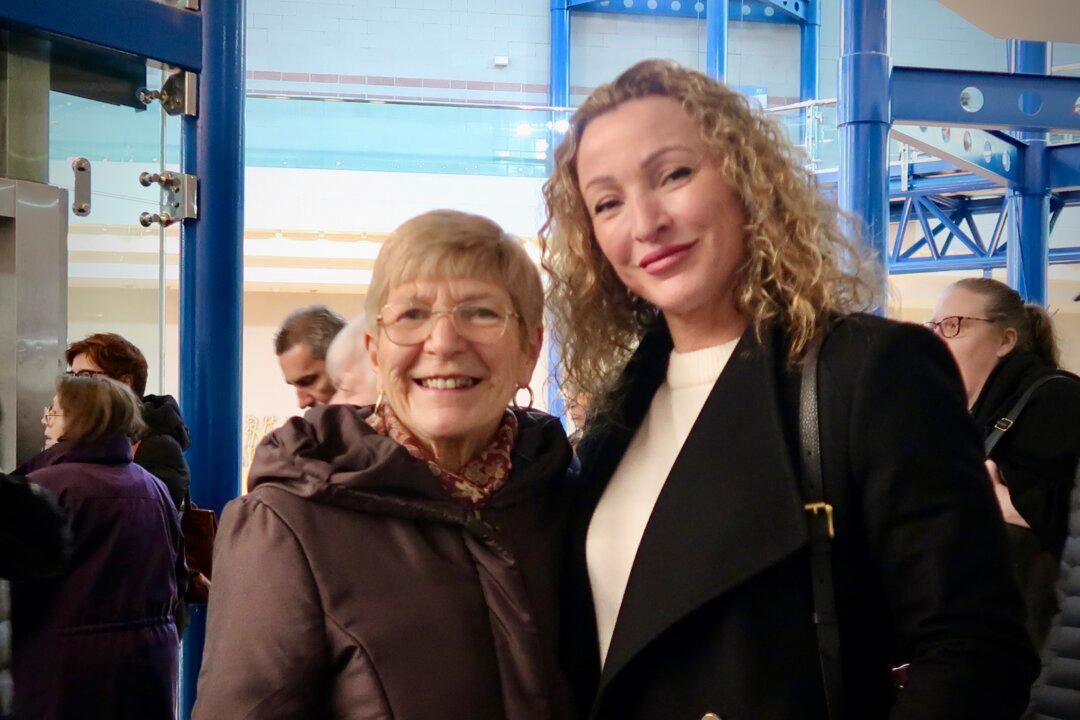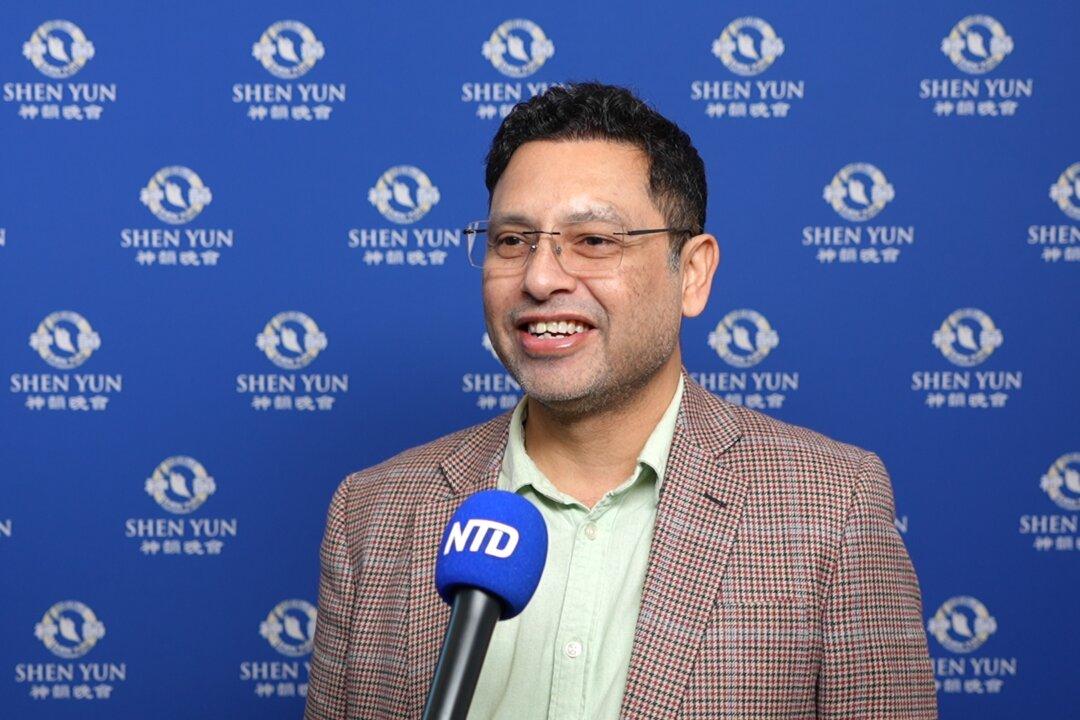One of the most popular subway lines in New York City—and the main conduit from Manhattan to wide swaths of Brooklyn—could be shut down for as long as three years.
The L train carries more than 300,000 people a day.
But the L train’s Canarsie Tube was flooded with saltwater during Hurricane Sandy several years ago, which caused a lot of damage. The tube was partially repaired after the hurricane but it needs a lot more work.
The project is estimated to take three years, and the Metropolitan Transportation Authority, which manages the subway system, is considering shutting down service between Manhattan and Brooklyn entirely, sources told Gothamist. In that scenario, L-service would terminate at Bedford Avenue, the final stop in Brooklyn before the train goes underwater to reach Manhattan.
Another option being weighed would keep one of the two tunnels in the tube open while workers repair the other. But there are drawbacks to that scenario the agency must keep in mind.
“If one tunnel is down, how bad will the L train be in the mornings just going one way?” one source said. “It‘ll be packed beyond belief. It’ll be a fight. Is that the smartest way to do it if it’s going to be the difference of a year? I don’t know.”
Some experts say the first option is likely the best.






